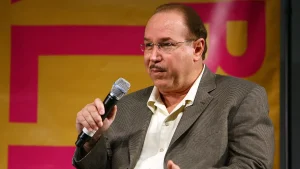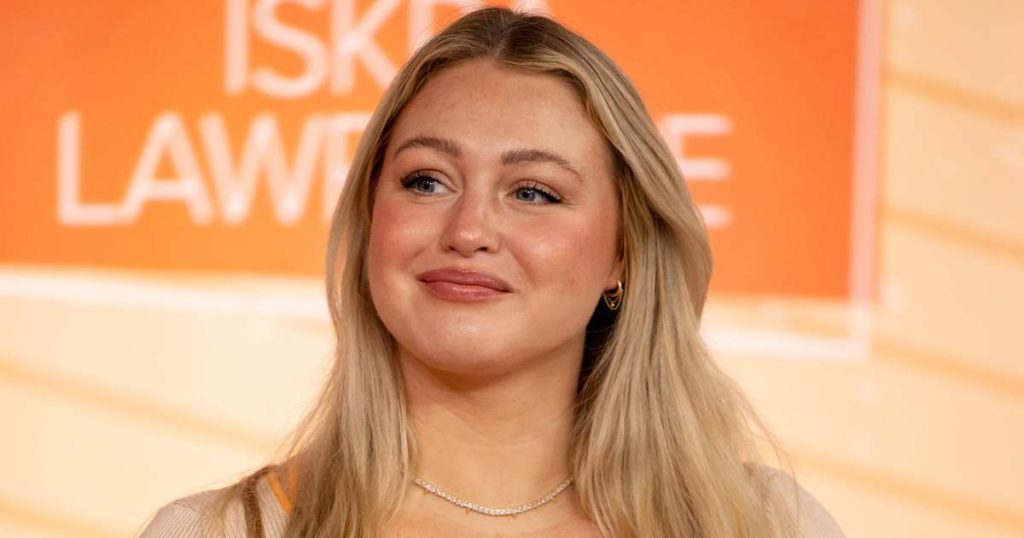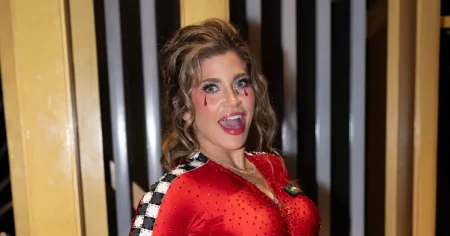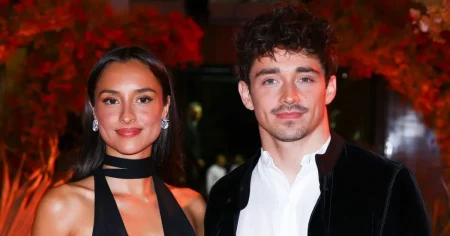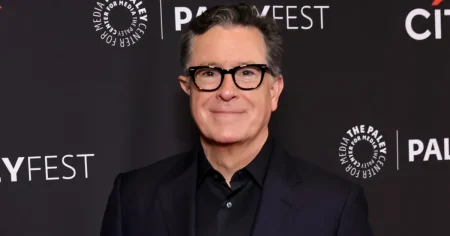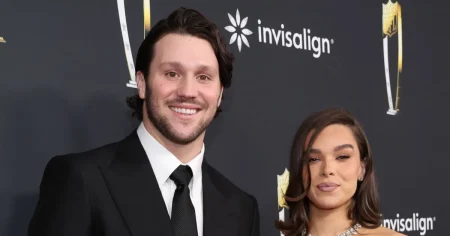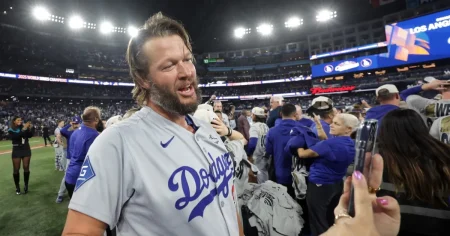The Unspoken Realities of Plus-Size Modeling: Iskra Lawrence’s Journey
In a candid revelation on the “Networth & Chill” podcast, 34-year-old model Iskra Lawrence pulled back the curtain on the often-hidden challenges of being a plus-size model in the fashion industry. Lawrence, who began her modeling career as a teenager, shared her experiences with pay discrimination that many models in larger bodies face. “What sucked was, unfortunately, being in a larger body, I often got paid a lot less than other models,” she explained, highlighting how industry contracts typically include clauses preventing models from discussing compensation. This lack of transparency created situations where Lawrence would arrive at photo shoots without knowing her pay rate, sometimes waiting up to 90 days to receive payment. These contractual restrictions perpetuate income inequality in the modeling world by keeping payment discussions shrouded in secrecy, making it difficult for models to advocate for fair compensation.
Lawrence’s entry into the industry came through brands seeking “real person” representation – the “girl next door” aesthetic that contrasted with traditional model appearances. Recognizing her position as an outsider to conventional modeling standards, Lawrence deliberately differentiated herself through exceptional work ethic. “I’m the model who is going to work harder than anyone else,” she recalled, describing how she made herself valuable by changing outfits quickly, maintaining a positive attitude, and never complaining on set. This approach helped her secure repeat bookings and slowly build her client roster. Despite this professional growth, Lawrence’s compensation didn’t reflect her increasing value to brands. She revealed earning between £150-£300 (approximately $175-$350) for full-day shoots, demonstrating how plus-size models often face a financial ceiling regardless of their experience or client demand.
The working conditions Lawrence described paint a troubling picture of exploitation in certain segments of the fashion industry. She observed that brands paying the lowest rates often demanded the most labor-intensive shoots, treating models as “literal living mannequins” rather than creative professionals. These high-volume shoots might require models to change outfits dozens of times, rapidly cycling through poses without creative input or even basic professional courtesies. “All you do is step into the studio, [pose] front, back, side [and] change. The changing room will be right there, and you don’t even get to talk, really,” Lawrence explained. In perhaps the most dehumanizing practice, some brands would “cut our faces off” from final images, further reducing compensation since models wouldn’t require hair and makeup services but paradoxically increasing their workload. This assembly-line approach to fashion photography reveals how certain brands view plus-size models as interchangeable bodies rather than individuals bringing unique qualities to their campaigns.
The structural barriers to advancement in the modeling industry became apparent through Lawrence’s experiences. Unlike other professions where performance typically leads to promotion and increased compensation, modeling careers largely depend on agency representation and client relationships beyond a model’s control. “It’s very hard to give yourself a promotion in that industry unless you move up the ranks in the modeling agencies,” Lawrence noted. This power imbalance creates a system where models have limited agency in their career progression, regardless of their professional dedication or client feedback. For plus-size models specifically, these barriers are compounded by industry biases that typically reserve the highest-paying contracts and most prestigious campaigns for models fitting conventional beauty standards. The combination of contractual silence around compensation, exploitative working conditions, and limited pathways for advancement creates an environment where models in larger bodies face systemic disadvantages.
Lawrence’s career trajectory demonstrates how persistence and relationship-building can eventually lead to more stable opportunities, even within these challenging industry dynamics. After years of navigating unpredictable bookings and variable compensation, she secured a long-term partnership with Aerie that transformed her financial situation. “That was renewed every year for the last five-ish years,” she explained about her rolling contract. This stability represented a significant shift from the inconsistent, project-by-project work that characterizes most modeling careers. The security of this arrangement allowed Lawrence to build financial stability, reaching a point where she “had a million dollars in the bank.” Her evolution from underpaid, overworked “girl next door” to brand ambassador illustrates how exceptional models can transcend industry limitations, though her success remains more exception than rule in the modeling world.
Lawrence’s willingness to share these experiences publicly represents an important act of transparency in an industry that systematically discourages financial disclosure. By speaking openly about compensation disparities, exploitative practices, and the challenges faced by plus-size models, she challenges the contractual silence that helps perpetuate these issues. Her story highlights how the fashion industry’s public embrace of body diversity hasn’t necessarily translated to equitable treatment behind the scenes. While brands increasingly feature diverse body types in their campaigns, Lawrence’s experiences suggest that models representing this diversity often work under less favorable conditions than their straight-size counterparts. Her journey from struggling model to financial security offers both inspiration and a clear-eyed assessment of the structural changes still needed in the fashion industry. By sharing her story, Lawrence contributes to a growing conversation about fair treatment, equitable compensation, and professional respect for all models, regardless of their body size.
